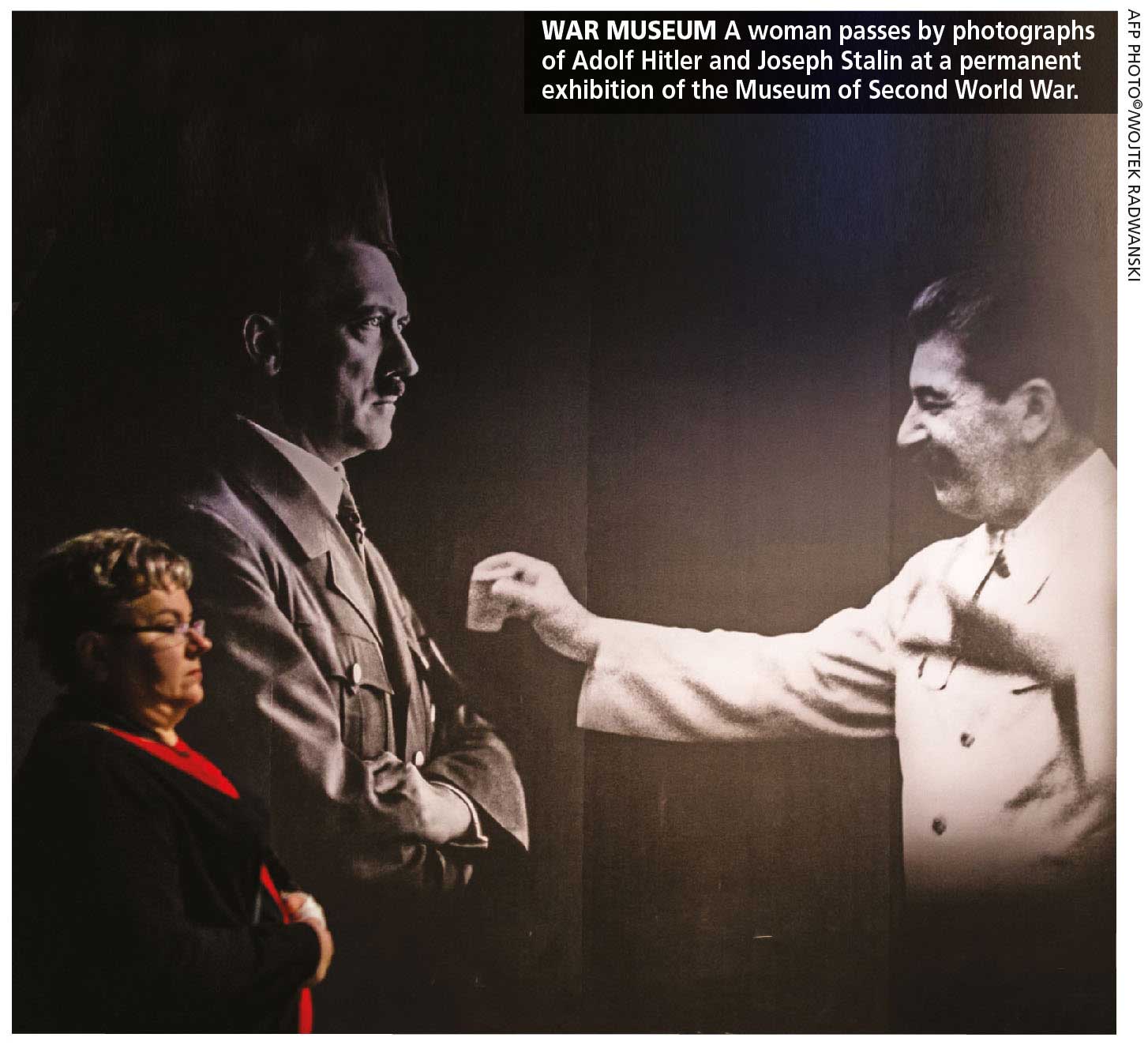HISTORY’S FABLES

SHAPING THE NARRATIVE
BY Priyan Rajapaksa

“History is written by the victors” – this is attributed to Sir Winston Churchill. So I listen with trepidation to the controlled narrative coming out of Sri Lanka. I’d comment but discretion is the better part of valour.
It’s sufficient to say that the people will give their verdict when possible and topple statues if they get tired of the effect of ‘militant Sinhalese-Buddhism.’ Even Lenin fell from his plinth.
It’s safer to write about erstwhile US leader Theodore Roosevelt’s controlled narrative to take the US into World War II: “Yesterday, December 7 1941 – a date which will live in infamy – the United States of America was suddenly and deliberately attacked by the naval and air forces of the Empire of Japan.”
Mr. President, dismount from your horse, holster that six-gun, and let’s powwow on history and geography. Your reaction to whip up public opinion and declare war is understandable. Your navy was relaxing on a Sunday. Those godless Japanese – how very unchristian to attack on the Sabbath when the ‘civilised world’ was in church!
US scout planes were out looking for the Japanese as an attack was likely but couldn’t find any. The dispatches at that time say: “The president himself, less than a fortnight before Pearl Harbour, remarked that ‘the Japs are notorious for making an attack without warning.’”
On 27 November 1941, General George Marshall’s dispatch read: “This is to be considered a war warning.”
Another noted: “Japanese future action unpredictable but hostile action possible at any moment. If hostilities cannot – repeat, cannot – be avoided, the United States desires that Japan commit the first overt act …” (then we can declare a righteous war!).
All three of the US Pacific Fleet’s aircraft carriers were not at Pearl Harbour as they were delivering aircraft to the Philippines – an American colony – for the impending war.
US tensions with Japan had been rising since the 1930s. It had nothing do with the usual rhetoric about democracy and freedom, which are mere words in colonies, whether they’re ruled by Western or Eastern powers.
Both countries were preparing for war since the time Japan thought it too should be a coloniser like the Europeans and Americans.
Hitler wanted lebensraum (‘space to live’) while Japan desired the resources of the East Indies.
As for geography, look at a map of the Pacific Ocean: Hawaii isn’t part of the American landmass. When Americans sing ‘from sea to shining sea,’ they mean the Pacific Ocean, don’t they? Surely, they can’t include the Sea of Japan or the South China Sea?
So why were two greedy imperialists dying over Hawaii?
To put the attack on Pearl Harbour in proper perspective, let’s step back in history. Japan was isolated from ‘foreign devils’ since the 1600s. Portuguese traders were limited to one port; but together with trading, they brought along a European fifth column comprising the clergy.
Missionary activities were tolerated until they preached that their god was higher than the emperor. Almost overnight, approximately 300,000 Catholics (not quite Christians, according to Martin Luther) were reconverted or killed. Japan then went into ‘managed isolation’ and sealed its borders.
They were opened up by the gunboat diplomacy of US Commodore Matthew Perry’s cannons. The Japanese, being a militaristic lot, went into overdrive; and in 50 years, they were in a position to challenge the so-called civilised West.
In March 1897, a Republican expansionist became the President of the United States and prepared a treaty of annexation of Hawaii – but it failed in the Senate. Japan then sent warships to Hawaii to oppose annexation as 25 percent of its population were Japanese at the time.
The possibility of invasion and annexation by Japan made the takeover urgent especially since the islands’ Japanese population was largely sympathetic to their country’s goal of annexation. In 1898, the US annexed Hawaii.
Naval limitation talks of the 1930s in London included representatives of the US, France, Italy and Japan. The latter was limited to 12 heavy cruisers and admitted to the billion dollar roundtable of colonisers, enslavers and looters.
But in 1935, they withdrew as they had plans for the East Indies. They had already annexed Korea and were running wild in Manchuria (I love the word ‘annexed.’).
What Japan attacked was not quite theirs – nor was it America’s. Americans may now agree this was not a sudden and deliberate act. Tensions had been simmering for 60 years and the title fight for ‘Pacific heavyweight’ was coming. It’s simply that the gloves came off that fateful Sunday.
It was only in 1959 that Hawaii became a US state. In 1993, President Bill Clinton apologised to native Hawaiians on behalf of the people of the United States for the overthrow of the Kingdom of Hawaii on 17 January 1893.
In the end, Napoleon’s words ring true: “What is history but a fable agreed upon?”





Leave a comment